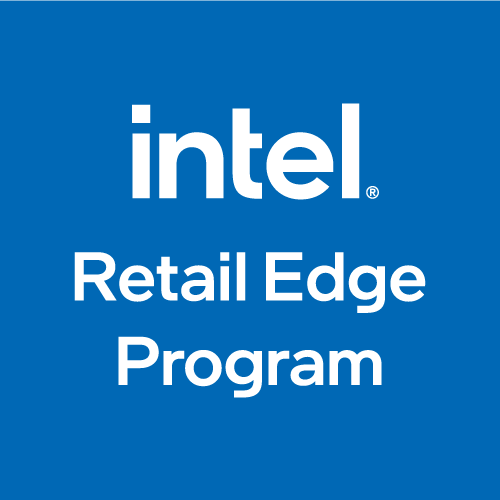2/6/17

As physical shops adapt to an increasingly mobile, plugged-in, knowledgeable customer base, they use these technologies to focus on providing a responsive shopping experience exceeding customer expectations.
Brick-and-mortar retailers are augmenting the immediacy of the physical store with an array of communication technologies including Websites, live chat, SMS, mobile apps, in-store Wi-Fi and social media presence across multiple channels. These reach out to more customers while maintaining engagement even when customers are distant or the store is closed.
Big-box retailers are leading this trend to match customer demands for multiple entry-points, instant response, and consistent interactions far superior to old-school email and phone support. As this trend establishes itself with smaller retailers, differentiation in customer experience comes from increased personalization of services across all channels.
90 percent of digital data has been created in the last two years. Furthermore, data volume and velocity are increasing exponentially via online surveys, social networking, the Internet of Things, and rapid growth in average user bandwidth. Acquiring and analyzing relevant customer data are huge challenges for retailers wishing to leverage this data flood.
The potential payoff is huge however. Insights into customer shopping behavior can lead to tailored customer experiences and personalized promotions delivered at optimal times to a customer's mobile device. Customer data analytics are used already to fine-tune supply and demand of customers' favorite device brands and technology products. This technique reduces customer frustration while increasing loyalty.
Retailers are creating density maps displaying customer paths through the store, where they linger or browse, and the areas they frequent most just as Websites track a visitor's site navigation. The map is augmented with information about what customers take off the shelves, what they place in their basket, and what they purchase. These data provide invaluable clues to optimizing store design or promotional display locations.
A MasterCard* Omnishopper 2016 survey found that eight out of 10 customers say they are better shoppers than two years ago primarily due to their increased use of PC and mobile devices to gather information plus improved in-store technologies. The trend is leading to customers in charge of their shopping experience, which savvy retailers encourage through broad blending of physical and digital shopping environments.
The rise of pop-up shops by both online and brick-and-mortar retailers, click-and-collect apps that drive in-store traffic, and the use of product barcodes to obtain online reviews and promotions are a few examples of how the retail physical-digital fusion is playing out.
Brick-and-mortar retailers are well-poised to provide a superbly tuned customer shopping experience exceeding what Web-based shops can offer. Digitally-driven stores can provide multi-channel, real-time, personalized service, and a streamlined purchase process that online competitors have difficulty matching.
Another component of in-store assets that can’t be matched by online retailers is the presence of highly-knowledgeable sales associates. When retail managers ensure sales teams are properly trained on both product and brand, shoppers are more compelled to complete their purchases in-store instead of online.
Encourage your sales team to take advantage of the interactive online training provided by the Intel® Retail Edge Program. They will have access to the latest information on Intel® products and technologies and an engaging online community of other retail associates.
References:
*Other names and brands may be claimed as the property of others.
© 2017, Intel Corporation. All rights reserved. Intel, the Intel logo, Intel Core, Intel 5G modem, Intel Compute Card and Intel Retail Edge Program are trademarks of Intel Corporation or its subsidiaries in the U.S. and/or other countries.
